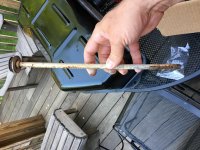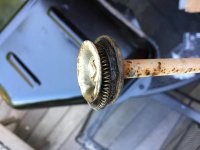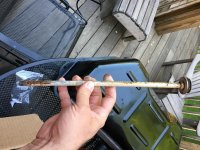Offline
Hi all,
In refurbishing my fuel tank, I found this long bolt rattling around inside it. Does anyone recognize it? It is painted beige, similar in color to the top frame.
Thoughts?
(Also, I used the POR-15 fuel tank system to coat the internals of the tank. After reading many mixed reviews, I hope I did the right thing!! I followed instructions as best I could, primarily focusing on making the tank DRY. The outside of the tank is gloss black Rustoleum spray.)
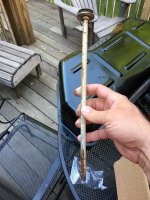
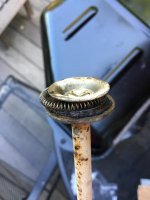
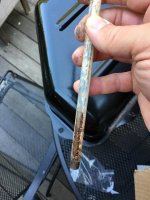
In refurbishing my fuel tank, I found this long bolt rattling around inside it. Does anyone recognize it? It is painted beige, similar in color to the top frame.
Thoughts?
(Also, I used the POR-15 fuel tank system to coat the internals of the tank. After reading many mixed reviews, I hope I did the right thing!! I followed instructions as best I could, primarily focusing on making the tank DRY. The outside of the tank is gloss black Rustoleum spray.)




 Hi Guest!
Hi Guest!

 smilie in place of the real @
smilie in place of the real @
 Pretty Please - add it to our Events forum(s) and add to the calendar! >>
Pretty Please - add it to our Events forum(s) and add to the calendar! >> 

